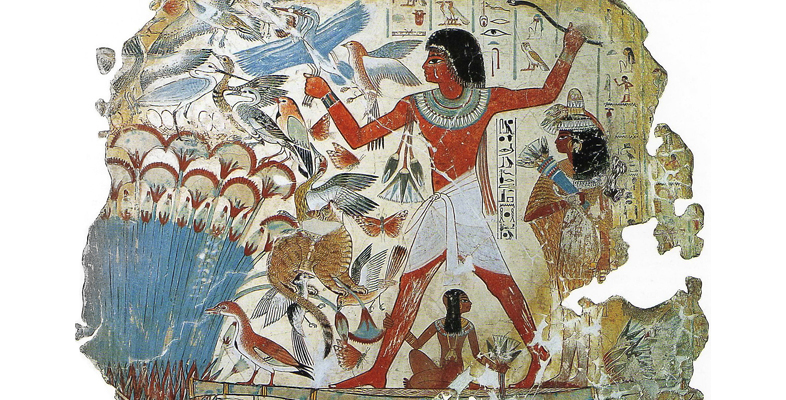9.4 Ramifications
These are issues with considerable ramifications. One of the most interesting concerns a theory that held considerable sway in the early twentieth century, when critics and historians were faced with the emergence of an art which broke with ‘classical’ perspectival representation.
The book Abstraction and Empathy was published by Wilhelm Worringer in 1908. In it he argued that the rounded forms of classical art bespoke a harmonious relation of ‘empathy’ between human beings and their lived reality. By contrast, the apparently perceptually distorted (or ‘abstracted’) forms of primitive art, such as cave paintings, bespoke an anguished, essentially fearful relation to the world. The argument about ‘modern art’ then was that its distorted, abstracted forms were an indication of the re-emergence of unease and anxiety as the characteristic symptoms of the lived experience of modernity.
Schäfer directly contradicts this claim in respect not only of Egyptian art but the wider category that he refers to as ‘Pre-Greek’ art.
Schäfer acknowledges that this term is not ideal, but he employs it in order to avoid using other terms such as ‘primitive’ or ‘archaic’, which in his view were even less clear, as well as containing hidden value judgements. By ‘Pre-Greek’ Schäfer means that object-centred art that either preceded or remained uninfluenced by the Western transformation into a spectator-oriented mode of representation. That is to say, Schäfer’s term is comparable to the more modern usage of ‘non-Western’.
Schäfer argued that it was ‘seriously misleading’ to believe that any ancient art, whether paleolithic, pre-classical Greek or Egyptian, took the form it did by ‘overemphasising form’, i.e. by exaggerating or distorting forms for effect (p. 26). On the contrary, such art took the form it did precisely because the artists sought order and clarity. The point being that the "pre-Greek" draughtsman ‘creates order and clarity for himself in his picture ... by eliminating foreshortening, shadows and other disturbing elements’.
He concludes: ‘Any draughtsman’s senses give him a host of perceptions of different objects, and of one and the same object. The ‘pre-Greek’ rejects from these the ones with a perspective character because of his experience that the foreshortened view deprives the original of its rights, cheats it of part of what belongs to it’ (p. 89).
